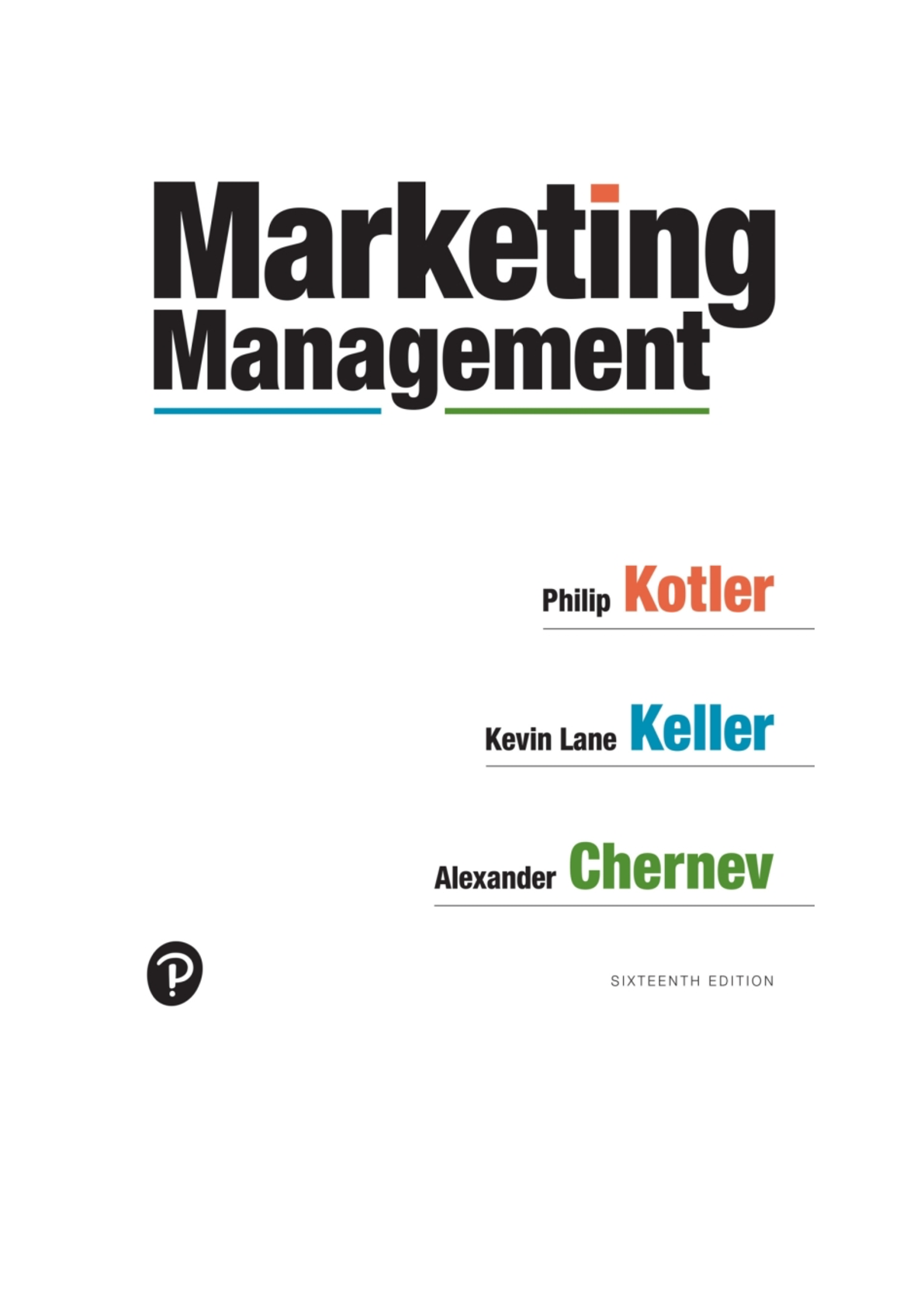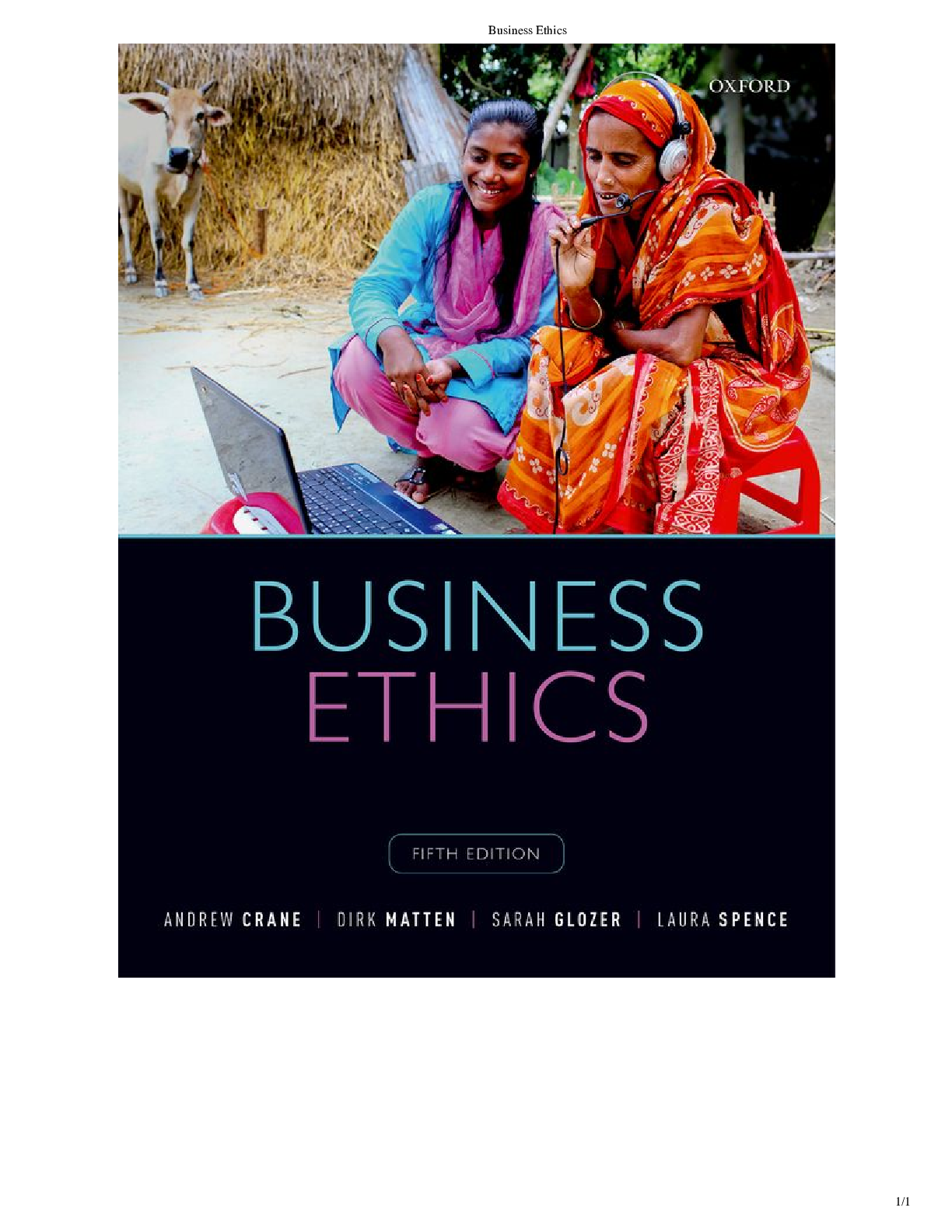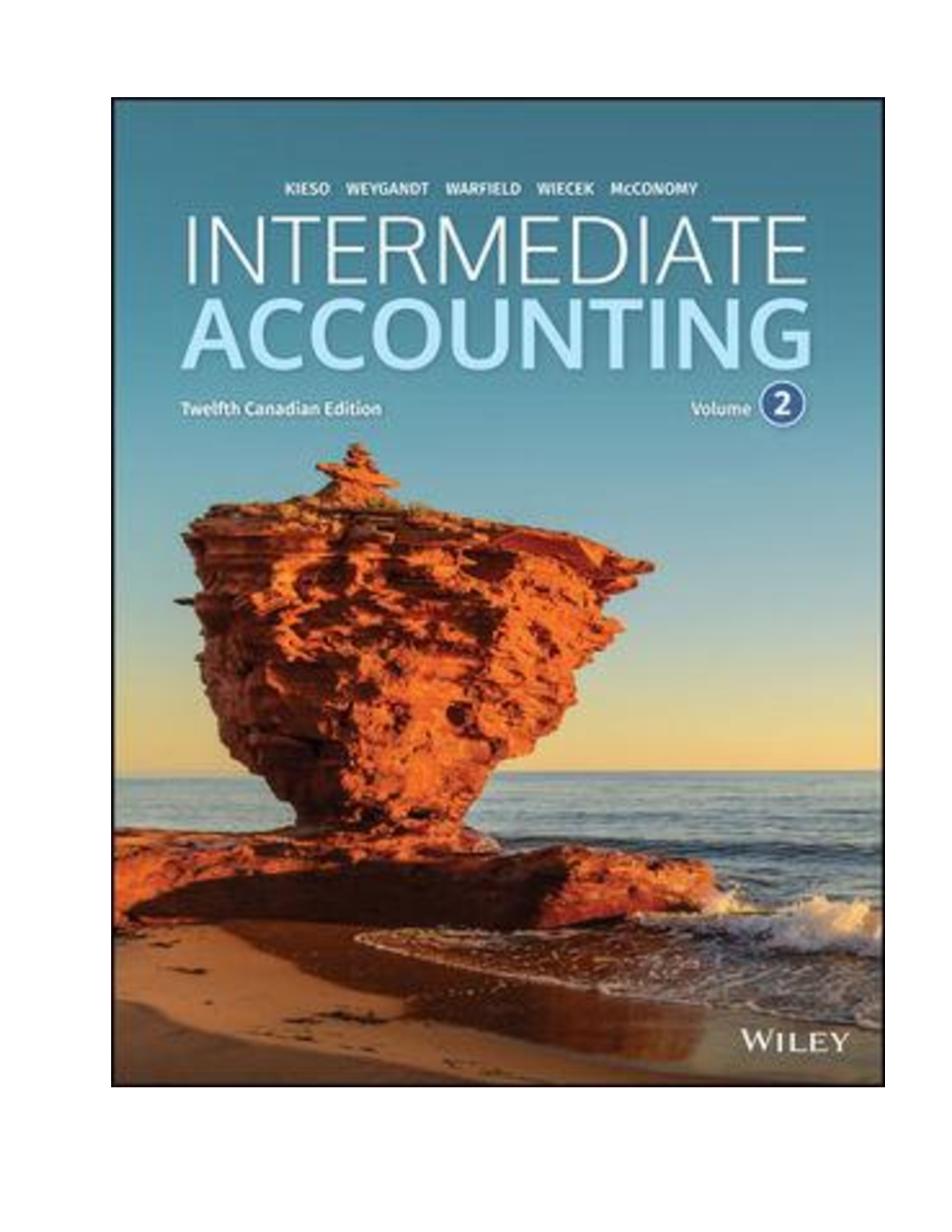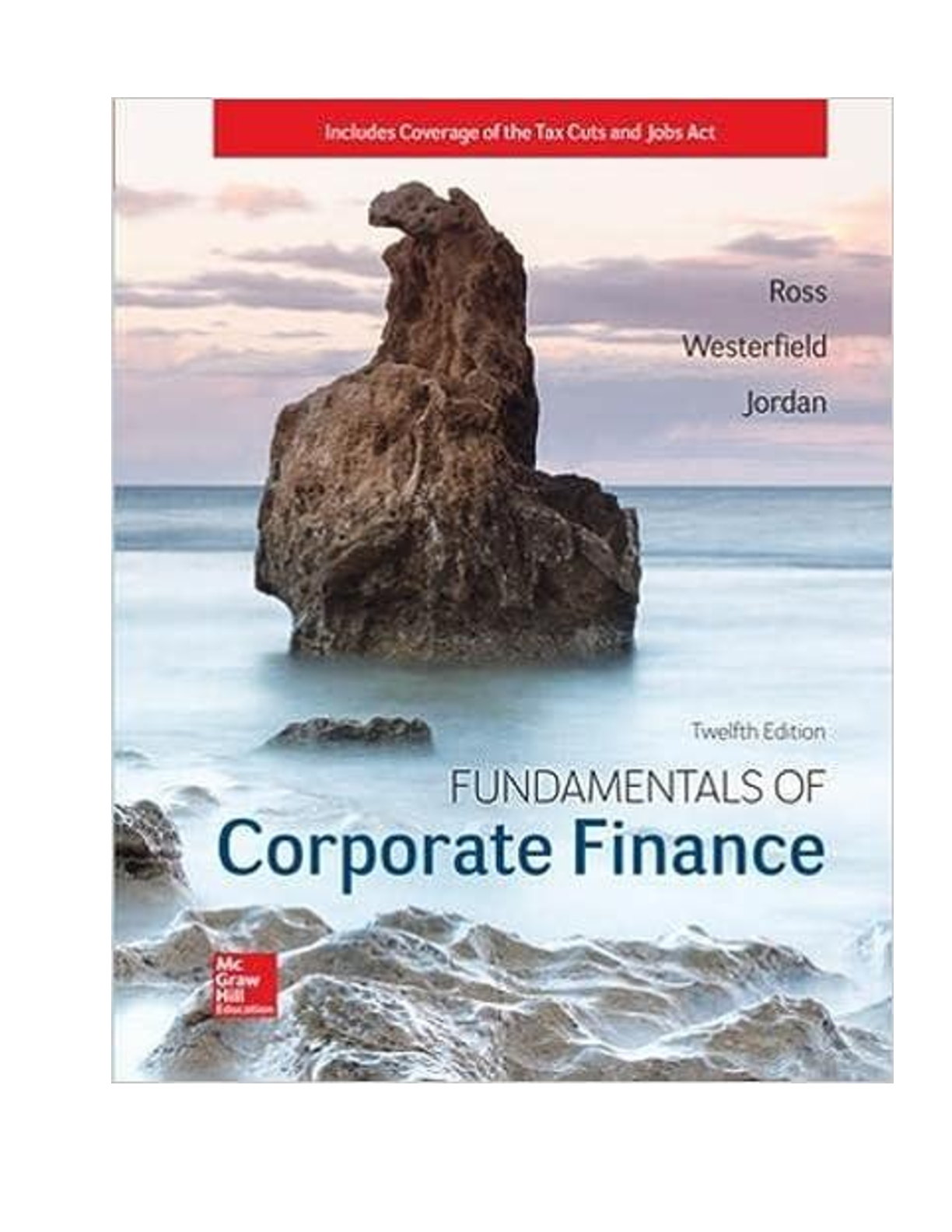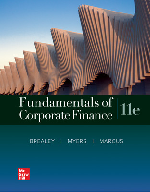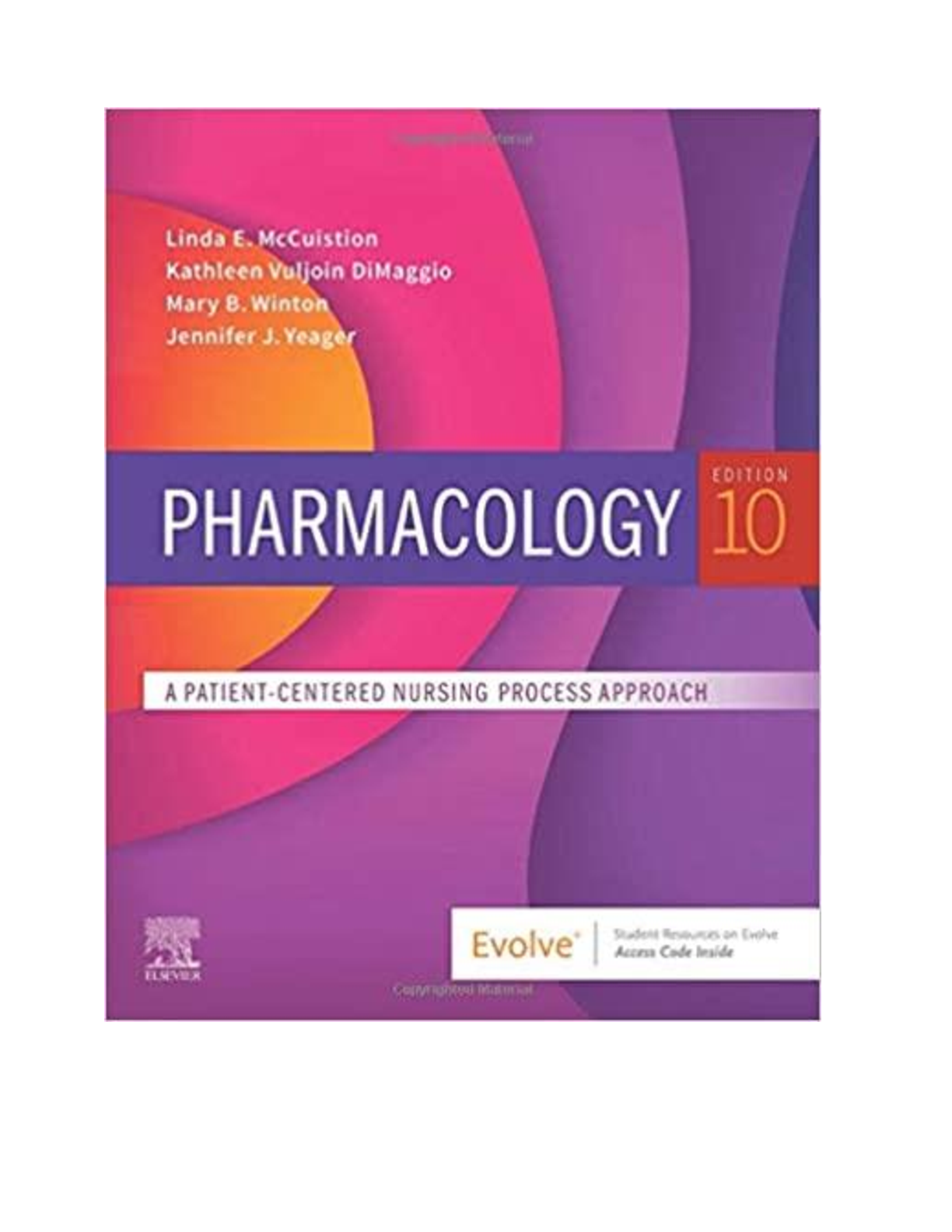Financial Accounting > eBook-PDF > [PDF] [EBOOK] Intermediate Accounting, Volume 1, 13th Canadian Edition Donald E. Kieso (All)
[PDF] [EBOOK] Intermediate Accounting, Volume 1, 13th Canadian Edition Donald E. Kieso
Document Content and Description Below
Ebook PDF Textbook for Intermediate Accounting, Volume 1, 13ce 13th Canadian Edition by Donald E. Kieso, Jerry J. Weygandt, Terry D. Warfield, Irene M. Wiecek, Bruce J. McConomy. ISBN-13: 978-1-119-7... 4045-2 Full PDF Ebook Instant Download - Feel Free to download with single click CHAPTER 0: Accounting Cycle Review Analyze Business Transactions Journalize the Transactions Post to the Ledger Accounts Prepare a Trial Balance Journalize and Post Adjusting Entries: Deferrals/Accruals Prepare an Adjusted Trial Balance Prepare Financial Statements Journalize and Post Closing Entries Prepare a Post-Closing Trial Balance CHAPTER 1: The Canadian Financial Reporting Environment 1.1 Financial Statements and Financial Reporting 1.2 Standard Setting 1.3 Generally Accepted Accounting Principles 1.4 Challenges and Opportunities for the Accounting Profession Review and Practice Summary of Learning Objectives Practice Problem Key Terms End-of-Chapter Homework Material Brief Exercises Cases Research and Analysis CHAPTER 2: Conceptual Framework Underlying Financial Reporting 2.1 Conceptual Framework 2.2 Qualitative Characteristics of Useful Information 2.3 Elements of Financial Statements 2.4 Foundational Principles 2.5 Financial Reporting Issues 2.6 IFRS/ASPE Comparison Review and Practice Summary of Learning Objectives Practice Problem Key Terms End-of-Chapter Homework Material Brief Exercises Exercises Problems Cases Research and Analysis CHAPTER 3: Data, Decisions, and Measurement 3.1 Data and Decisions 3.2 Measuring Financial Statement Elements 3.3 Measuring Fair Value Using IFRS 13 3.4 Present Value Concepts 3.5 IFRS/ASPE Comparison Review and Practice Summary of Learning Objectives Practice Problem Key Terms End-of-Chapter Homework Material Brief Exercises Exercises Problems Cases Research and Analysis CHAPTER 4: Reporting Financial Performance 4.1 Performance 4.2 Quality of Earnings/Information 4.3 Measurement of Income 4.4 Discontinued Operations 4.5 The Statement of Income and the Statement of Comprehensive Income 4.6 The Statement of Retained Earnings and the Statement of Changes in Equity 4.7 Disclosure and Analytics 4.8 IFRS/ASPE Comparison Appendix 4A Application of the Cash and Accrual Bases of Accounting Review and Practice Summary of Learning Objectives Practice Problem Key Terms End-of-Chapter Homework Material Brief Exercises Exercises Problems Case Integrated Cases Research and Analysis CHAPTER 5: Financial Position and Cash Flows 5.1 Usefulness of the Statements of Financial Position and Cash Flows from a Business Perspective 5.2 Usefulness and Limitations of the Statement of Financial Position 5.3 Classification in the Statement of Financial Position 5.4 Preparation of the Classified Statement of Financial Position (Balance Sheet) 5.5 Other Required Disclosures 5.6 Techniques of Disclosure 5.7 Purpose, Content, and Format of a Statement of Cash Flows 5.8 Preparation of the Statement of Cash Flows 5.9 Usefulness of the Statement of Cash Flows 5.10 IFRS/ASPE Comparison Appendix 5A Ratio Analysis: A Reference Review and Practice Summary of Learning Objectives Practice Problem Key Terms End-of-Chapter Homework Material Brief Exercises Exercises Problems Cases Integrated Cases Research and Analysis CHAPTER 6: Revenue Recognition 6.1 Understanding the Nature of Sales Transactions from a Business Perspective 6.2 The Asset-Liability Approach to Revenue Recognition: An Overview of the Five-Step Process 6.3 Identifying the Contract with Customers—Step 1 6.4 Identifying Separate Performance Obligations—Step 2 6.5 Determining the Transaction Price—Step 3 6.6 Allocating the Transaction Price to Separate Performance Obligations—Step 4 6.7 Recognizing Revenue When (or As) Each Performance Obligation Is Satisfied—Step 5 6.8 Earnings Approach to Revenue Recognition 6.9 Other Revenue Recognition Issues 6.10 Presentation, Disclosure, and Analytics 6.11 IFRS/ASPE Comparison Appendix 6A Long-Term Contracts Percentage-of-Completion Method Zero-Profit Method Completed-Contract Method Losses on Long-Term Contracts Review and Practice Summary of Learning Objectives Practice Problem Key Terms End-of-Chapter Homework Material Brief Exercises Exercises Problems Cases Integrated Cases Research and Analysis CHAPTER 7: Cash and Receivables 7.1 Understanding Cash and Accounts Receivable 7.2 Cash 7.3 Receivables 7.4 Recognition and Measurement of Accounts Receivable 7.5 Impairment of Accounts Receivable 7.6 Notes and Loans Receivable 7.7 Derecognition of Receivables 7.8 Presentation, Disclosure, and Analytics 7.9 IFRS/ASPE Comparison Appendix 7A Methods for Controlling Cash Review and Practice Summary of Learning Objectives Chapter Review Problem Key Terms End-of-Chapter Homework Material Brief Exercises Exercises Problems Cases Integrated Cases Research and Analysis CHAPTER 8: Inventory 8.1 Understanding Inventory 8.2 Recognition of Physical Goods Included in Inventory 8.3 Inventory Errors 8.4 Measurement of Inventory—Costs Included 8.5 Measurement and Inventory Accounting Systems 8.6 Measurement and Cost Formulas 8.7 Measurement and the Lower of Cost and Net Realizable Value (LC&NRV) Principle 8.8 Exceptions to Lower of Cost and Net Realizable Value 8.9 Measuring Inventory Using Estimates 8.10 Presentation, Disclosure, and Analytics 8.11 IFRS/ASPE Comparison Appendix 8A The Retail Inventory Method of Estimating Inventory Cost Appendix 8B Accounting Guidance for Specific Inventory Review and Practice Summary of Learning Objectives Practice Problem 8.1 Practice Problem 8.2 Key Terms End-of-Chapter Homework Material Brief Exercises Exercises Problems Cases Integrated Cases Research and Analysis CHAPTER 9: Investments 9.1 Understanding Investments 9.2 Measurement—Cost/Amortized Cost Model 9.3 Measurement—Fair Value through Net Income (FV-NI) Model 9.4 Measurement—Fair Value through Other Comprehensive Income (FV-OCI) Model 9.5 Measurement—Impairment Models 9.6 Strategic Investments—Investments in Associates 9.7 Strategic Investments—Investments in Subsidiaries 9.8 Presentation, Disclosure, and Analytics 9.9 IFRS/ASPE Comparison Review and Practice Summary of Learning Objectives Practice Problem Key Terms End-of-Chapter Homework Material Brief Exercises Exercises Problems Cases Integrated Cases Research and Analysis Cumulative Coverage and Task-Based Simulation: Chapters 6 to 9 CHAPTER 10: Property, Plant, and Equipment: Accounting Model Basics 10.1 Definition and Recognition of Property, Plant, and Equipment 10.2 Cost Elements 10.3 Measurement of Cost for Nonmonetary Exchange 10.4 Measurement of Costs Associated with Specific Assets 10.5 Measurement after Acquisition 10.6 Costs Incurred after Acquisition 10.7 IFRS/ASPE Comparison Appendix 10A Capitalization of Borrowing Costs Appendix 10B Revaluation: The Proportionate Method Review and Practice Summary of Learning Objectives Practice Problem Key Terms End-of-Chapter Homework Material Brief Exercises Exercises Problems Case Integrated Cases Research and Analysis CHAPTER 11: Depreciation, Impairment, and Disposition 11.1 The Importance of Depreciation, Impairment, and Disposition from a Business Perspective 11.2 Depreciation 11.3 Depreciation—Methods of Allocation and Calculation 11.4 Depletion of Mineral Resources 11.5 Other Depreciation Issues 11.6 Impairment 11.7 Held for Sale and Derecognition 11.8 Presentation, Disclosure, and Analysis 11.9 IFRS/ASPE Comparison Appendix 11A Depreciation and Income Tax Review and Practice Summary of Learning Objectives Key Terms End-of-Chapter Homework Material Brief Exercises Exercises Problems Integrated Cases Research and Analysis CHAPTER 12: Intangible Assets and Goodwill 12.1 The Business Importance and Characteristics of Goodwill and Intangible Assets 12.2 Recognition and Measurement of Intangible Assets at Acquisition 12.3 Recognition and Measurement of Internally Developed Intangible Assets 12.4 Recognition and Measurement of Intangible Assets after Acquisition 12.5 Specific Intangibles 12.6 Impairment and Derecognition 12.7 Goodwill—Recognition and Measurement 12.8 Goodwill—Impairment 12.9 Presentation, Disclosure, and Analysis 12.10 IFRS/ASPE Comparison Appendix 12A Valuing Goodwill Other Valuation Methods Review and Practice Summary of Learning Objectives Key Terms End-of-Chapter Homework Material Brief Exercises Exercises Problems Integrated Cases Research and Analysis Appendix A: Time Value of Money Tables Appendix B: A Summary of the Case Primer Appendix C*: The Accounting Information System Appendix C: The Accounting Information System Preview of Volume 1—Appendix C C.1 Accounting System Overview C.2 The Accounting Cycle and the Recording Process C.3 Adjusting Entries C.4 Financial Statements and Ownership Structure C.5 The Closing Process C.6 Using a Work Sheet Review and Practice Summary of Learning Objectives Key Terms End-of-Chapter Homework Material Brief Exercises Exercises Problems Appendix D: Specimen Financial Statements Appendix E: Coverage of the CPA Competency Map Knowledge Supplement Glossary [Show More]
Last updated: 1 year ago
Preview 1 out of 981 pages

Reviews( 0 )
Document information
Connected school, study & course
About the document
Uploaded On
Dec 08, 2022
Number of pages
981
Written in
Additional information
This document has been written for:
Uploaded
Dec 08, 2022
Downloads
0
Views
129

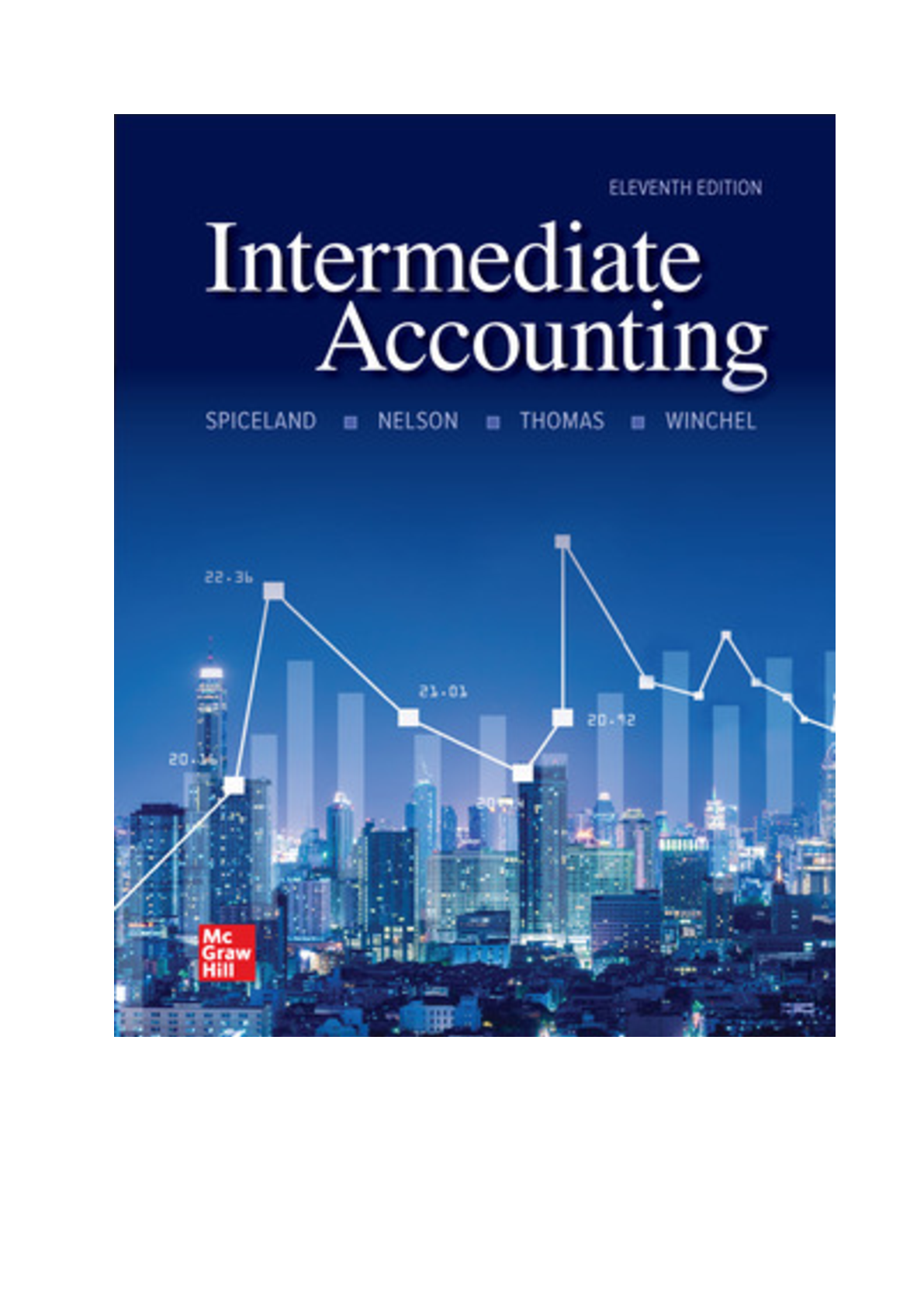
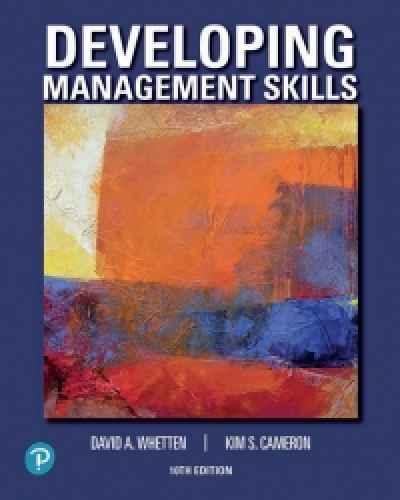
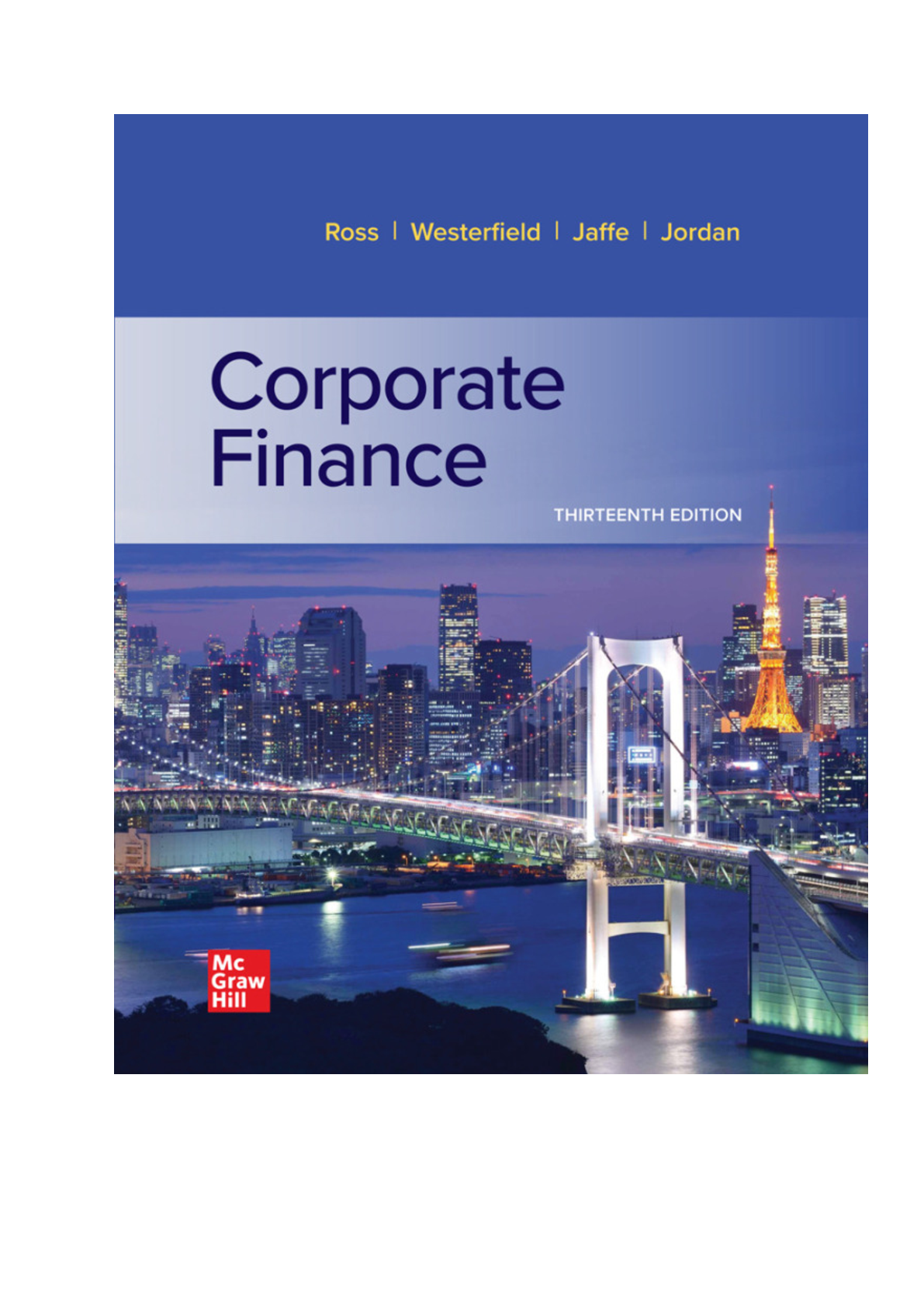



.png)
